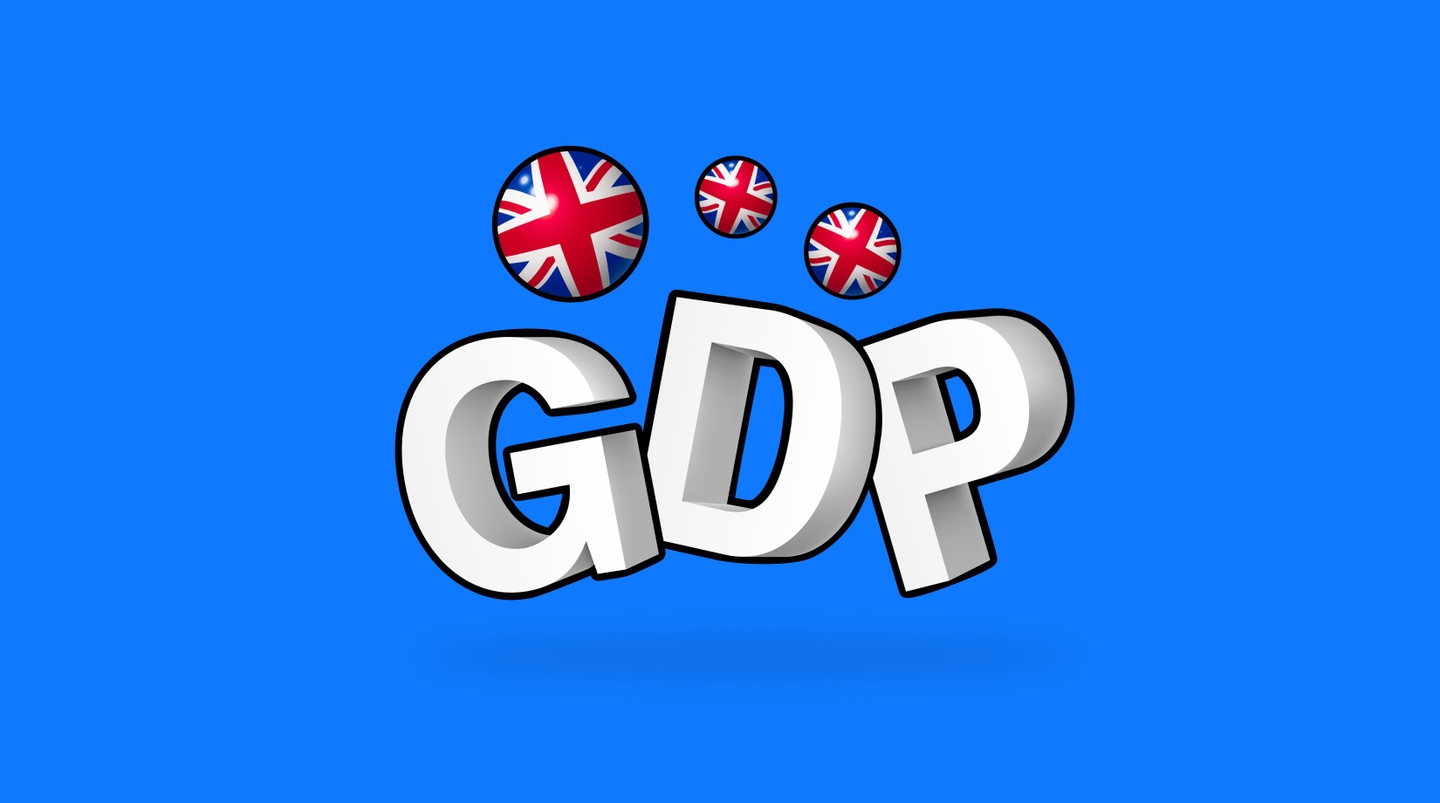The UK’s Office of National Statistics this morning confirms the region’s latest monthly Gross Domestic Product. The International Monetary Fund has released various reports that the UK is at the highest risk of a recession compared to the State, Eurozone and Japan. The IMF’s report from January states that the risk of a recession in the UK measures 85%, which we can see in today’s announcement.
The UK monthly Gross Domestic Product read -0.5%, which is lower than the expected -0.3%. The figure is also lower than the previous 2 months but the UK economy was still able to avoid a recession due to previous growth. The UK economy grew by 0.6% in November and December, meaning the quarter ended on a 0.1% quarterly GDP figure. The announcement influenced the price movement of the British Pound and the regional equity index, the FTSE100.
GBP/USD
The GBP/USD saw mixed price movement during yesterday’s four trading sessions but ended the day with the Dollar again gaining. This morning's price movement is again in favor of the US Dollar, specifically after the negative GDP figures from the UK. So far this morning, the price has declined by 0.20% during the European Trading Session.
Technical analysis on the 1-Hour and 4-Hour charts indicate a potentially bearish trend for the foreseeable future. The price has formed a second lower swing on both timeframes, indicating sellers are gaining control. The price is witnessing mainly downward crossovers, but the price is also above the Ichimoku trading clouds. Traders looking to sell the instrument will specifically be looking for the asset to gain momentum below larger moving averages, such as the 150-EMA and the Ichimoku cloud.

The exchange rate is also still influenced by developments from both the Bank of England and the UK Chancellor. The Chief Economist of the British regulator confirms to the markets that the national economy will remain at zero throughout 2023. Then a long period of weak growth will most likely follow. The Bank of England also advises that the UK still is at risk of a recession, but it is most likely to remain shallow.
The US Dollar continues to be supported by more comments from the Federal Open Market Committee members. This week both Mr. Williams and Weller confirmed that the strong employment sector could create higher consumer demand and add to inflation. They both agree that if this does result in higher inflation or a slowdown in pace, the Federal Reserve will again have to act.
Lastly, US investors will focus on this afternoon’s Prelim Consumer Sentiment. The index is expected to increase slightly to 65.0; a higher figure can potentially support the US Dollar.
Bitcoin
The US Dollar is not the only asset that has seen a change in trend after the latest comments from the Federal Reserve. The price condition of both the stock market and cryptocurrency sphere has also changed. Over the past 48-hours the price of Bitcoin significantly declined from $23,394 to under $21,760 during this morning’s session.
The price against the US Dollar has declined by 5.85% over the past 2 days. However, investors are contemplating whether the asset will form a bearish trend to the next support level or if the price will correct back to the previous price range. Currently, the price is obtaining a bearish signal from technical analysis, and the next support level can be seen at $20,350.



